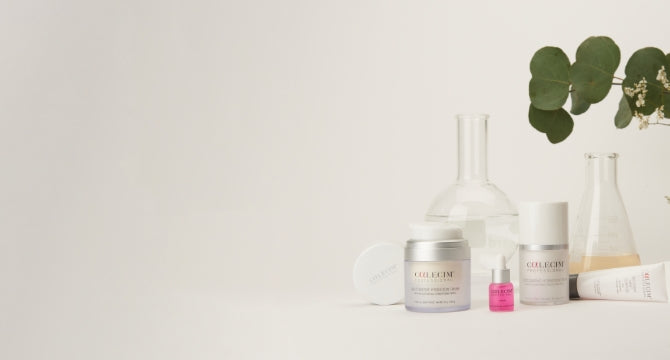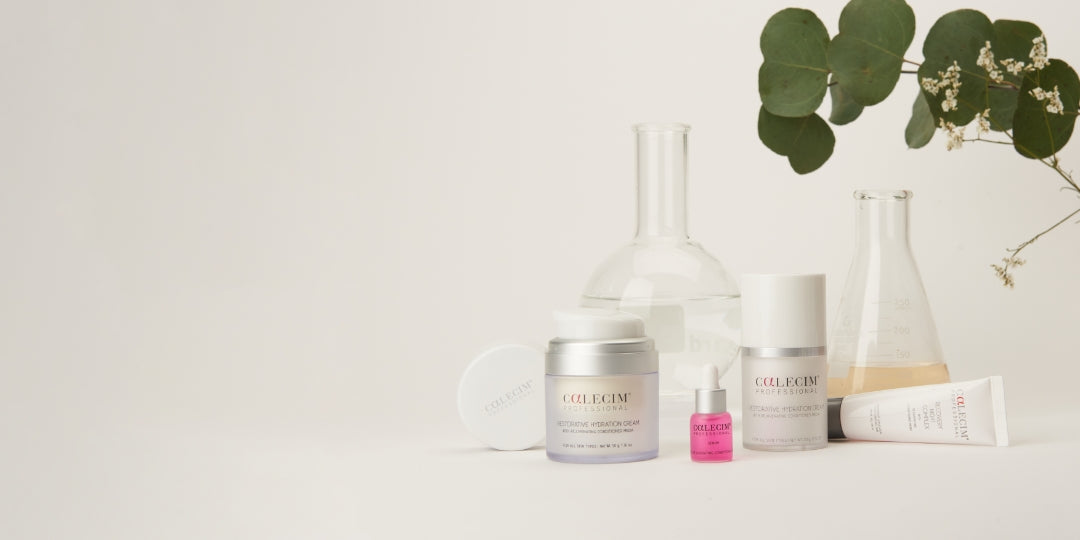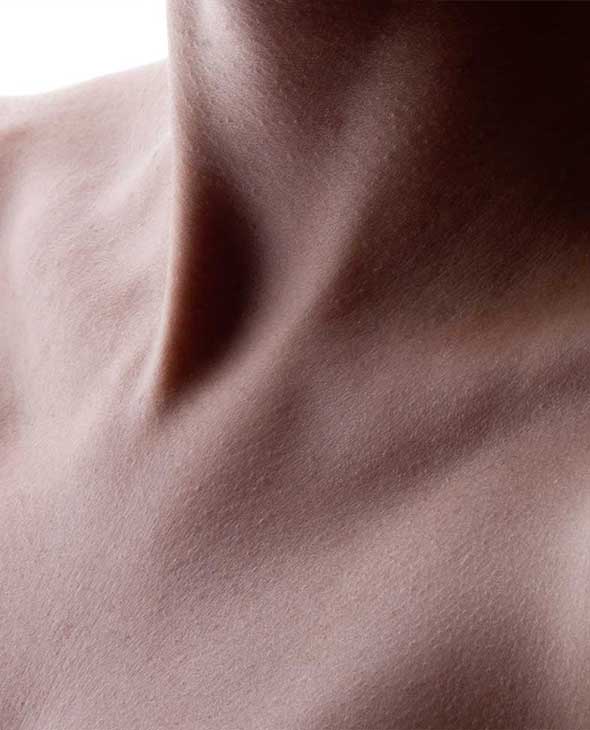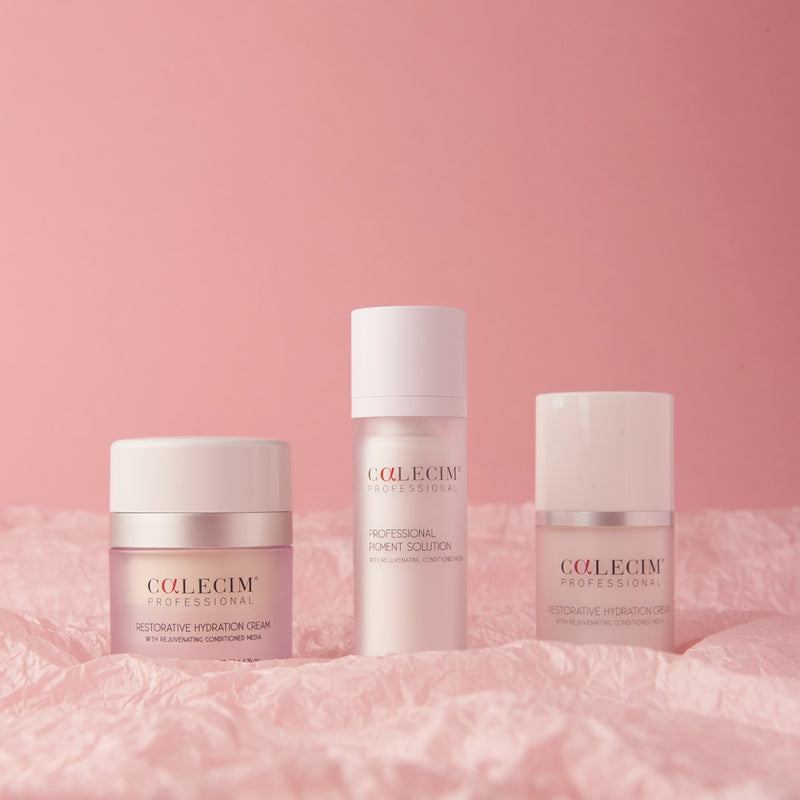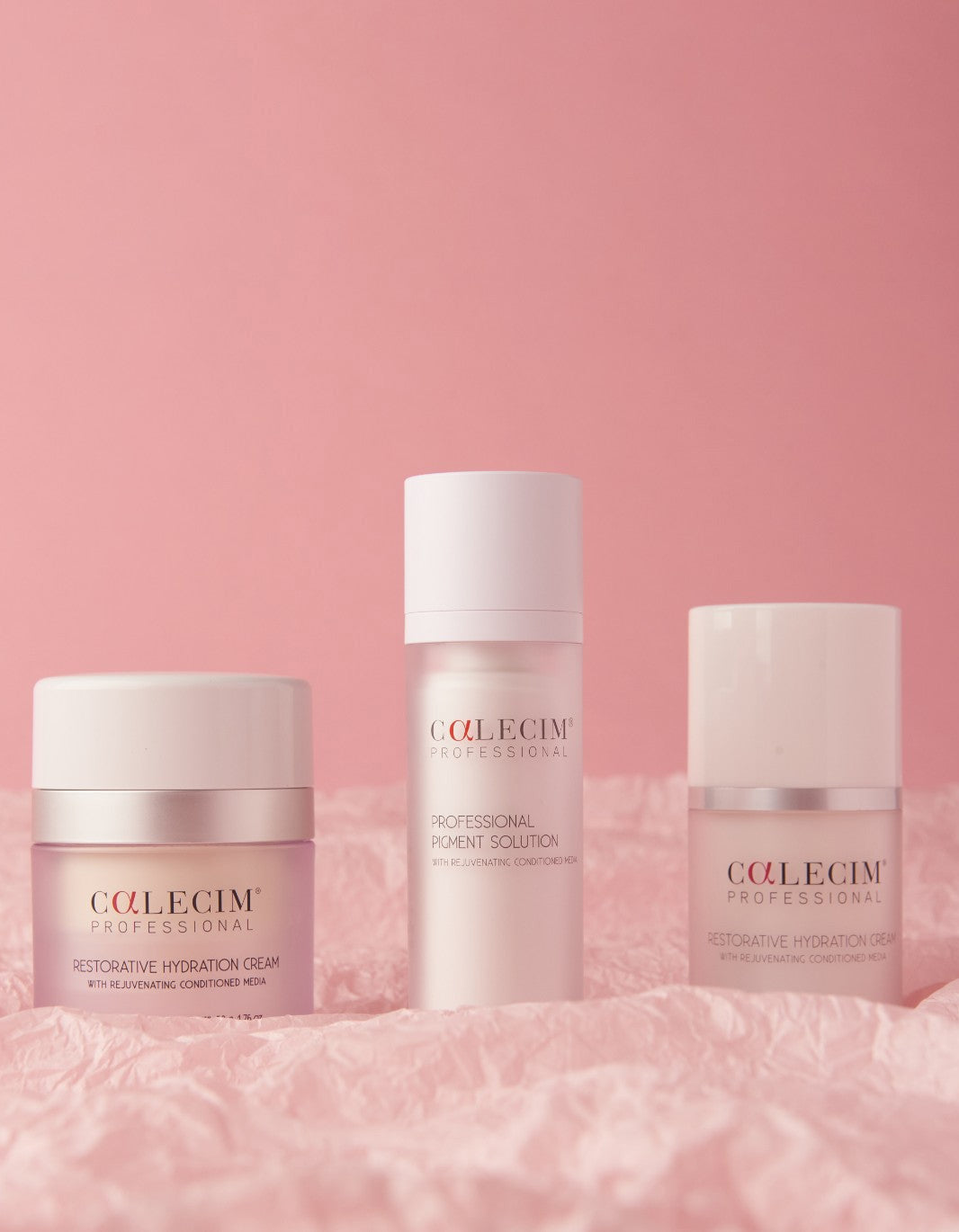I’m a former beauty editor — here’s how I dealt with hair loss
Frustrated by her perimenopausal hair loss, Sophie Beresiner set out to find solutions. After months of trial and error, here’s what she rates
Published in

When we moved house almost three years ago I quickly identified the best place to do my make-up was the loo, where the light is unforgiving enough to avoid an unblended base. Which is where my visible- scalp anxiety began — and when it comes to thinning hair, I know I’m not alone.
The rise in “scalp anxiety” is palpable. A quick scroll through my social media feed tells me that more and more younger people, especially women, are worried about losing their hair. Influencers (many with no diagnosed hair loss) share their hair-regrowth journeys, pushing a never-ending cycle of new wonder products: supplements, serums, scalp oils and more. On TikTok, the hashtag #scalpcheck has amassed more than 92 million views, with anxious twentysomethings posting videos for strangers to asses
I am 45, and my own (shock) diagnosis by a renowned trichologist came with a solution, and a relatively easy one at that: minoxidil. A widely available, effective topical treatment for hair loss in women and men, minoxidil works to increase blood flow to the scalp, widen follicles and extend the crucial anagen (growing) phase of the hair cycle. Some people are even turning to it as a preventive measure (I have at least three undiagnosed friends using it), although there is no definitive evidence to confirm its effectiveness for this. But while minoxidil can offer hope — and I’ve personally seen an improvement in my own hair growth — the cons include a lifelong commitment (once you stop using it daily you quickly return to scalp-state zero) and cost (for me, £50 a month). So given its popularity, especially among younger women seeking solutions for early signs of hair loss, it’s time to investigate the alternatives.
Kelly Morrell is an aesthetic practitioner specialising in hair restoration and “scalp micropigmentation technique” (which creates the illusion of hair follicles by “tattooing” the scalp) at Scalp Confidential and the Cosmetic Skin Clinic, Harley Street. “My clinic is certainly busier with more menopausal and perimenopausal women seeking treatment for hair loss, plus younger women too,” she says. “They’re seeking treatment sooner, which is a good thing. I think in previous generations we were more inclined to suffer in silence, but as a society we are slowly breaking down the taboos about many issues that affect women, and hair loss is no longer regarded as a male issue.”

From left: Sophie Beresiner’s thinning hairline before treatment; after using minoxidil and Calecim
Which sees me back in my loo, harsh overhead light on, to best illuminate the at-home exosome therapy I’m about to perform on myself. Typically delivered via an eye-wateringly expensive in-clinic treatment (costing anywhere from £1,500 up to £7,500 for a course), exosomes — tiny “bubbles” containing proteins and growth factors that are released by cells to communicate with other cells — are an evolving and promising treatment for hair loss. Usually combined with microneedling, which creates tiny injuries to the scalp, the exosome serum is massaged in to help stimulate dormant hair follicles, reduce inflammation — a key contributor to hair loss — and promote new growth, with no unwanted side-effects and no long-term daily commitment. You ideally need three to six treatments to see a difference, with top-ups every year to 18 months.
The DIY version I’m trying is Calecim, which costs £295 for a six-week course of twice-weekly treatments. To motivate myself to puncture my own scalp using the microneedling derma-stamp, I need to understand why and how it’s going to help me. Dr Manav Bawa, a cosmetic doctor and aesthetic medicine expert, tells me why the patented ingredient PTT-6, sourced from the umbilical cords of red deer in New Zealand, works. (If you balk at that part, don’t fret — the process complies with strict ethical standards.) “The stem cells of red deer have a particularly high potency of exosomes, and we know that the mammalian signal between our cells and other mammals works better [than plant-derived exosomes],” he explains. “It’s both safe and effective.”
- Read more from Sophie Beresiner
Despite seeing a significant increase in those seeking hair restoration treatment, Bawa has turned away prospective patients who are convinced they have an issue that, upon examination, is not there. “There’s a combination of reasons for an increase in scalp anxiety — Covid, infections, and now Ozempic culture, with rapid weight loss being a stress on the body that can often lead to hair loss. Mostly, though, I think we’re seeing more patients come in now because we’re talking about it more.”
If in doubt about thinning hair, his advice is: “See your GP, get the blood tests, make sure there is nothing more sinister like anaemia contributing to your hair shedding.”
The Calecim treatment can be done in-clinic but I’m beyond excited to see my own DIY results after just six weeks of weekly self-administration. First, I have to stamp my hairline and parting where the main issue is (it’s not as painful as it sounds). Then I massage in the serum. As the change is gradual (growing hair takes time), I was sceptical. But after six weeks there is definite healthy regrowth in the “temple recession”, ie those bits at the sides that tend to creep back with age. I have soft, wildly curly baby hairs there, and the before and after snaps confirm the overall improvement.
We are now seeing the “skinification” of hair loss therapy, or treating the scalp and hair with the same level of concern as skincare. There are injectable scalp treatments including the skincare stalwarts hyaluronic acid and polyneucleotides, and microneedling as a standalone treatment that stimulates the body’s natural healing process to increase blood flow to hair follicles, boost collagen production and activate growth factors — so a possible preventive alternative to minoxidil. It’s offered at many aesthetician clinics but is also easy to perform at home with a widely available shop-bought tool.
For now, a combination therapy works best for me. Minoxidil has helped my own hormonal hair loss, so I’m going to stick with it, but I am already seeing a huge boost in my overall hair health and regrowth rate with Calecim. The perimenopausal dullness and overall “meh” factor has been reduced, to the point that my peers don’t believe I have a problem.
- Read beauty product reviews and advice from our experts
Sophie’s ‘hair longevity’ tools

The in-clinic Calecim Hair Loss System (£1,860 for six sessions at the Private Clinic on Harley Street, theprivateclinic.co.uk) is a six-week programme designed to restore thinning hair using PTT-6 exosome technology.
For a simplified at-home hair boost, the Scandinavian Biolabs Scalp Activation Derma Roller (£35, scandinavianbiolabs.co.uk) has 540 0.5mm needles. Used weekly, it will gently stimulate the scalp and improve the absorption of hair growth treatments.
The Hair + Me bespoke formulations (£35 a month, hairandme.com) are personalised treatments that aim to help promote stronger, thicker hair growth over time using minoxidil and other prescription-only medications.
To keep hair protected overnight, the Silke Hair Wrap (£50, silkelondon.com) works wonders by reducing breakage and preventing frizz, so you wake up with a smoother, healthier style that lasts longer too.

Daily scalp care is just as important — Champo Pitta Growth Serum (£34, champohaircare.com) is a lightweight, growth- boosting ayurvedic serum that helps reduce shedding and support overall hair health.
For extra nourishment, the Larry King Haircare Spoilt for Choice Hair Oil (£28, larrykinghair.com) deeply hydrates and keeps hair soft, shiny and strong.
Finally, if hard water is sabotaging your scalp and hair, the Hello Klean Shower Filter (£45, helloklean.com) or Shower Head (£65, helloklean.com) help to prevent mineral build-up that can lead to dryness and irritation, exacerbating hair loss.
















